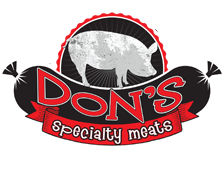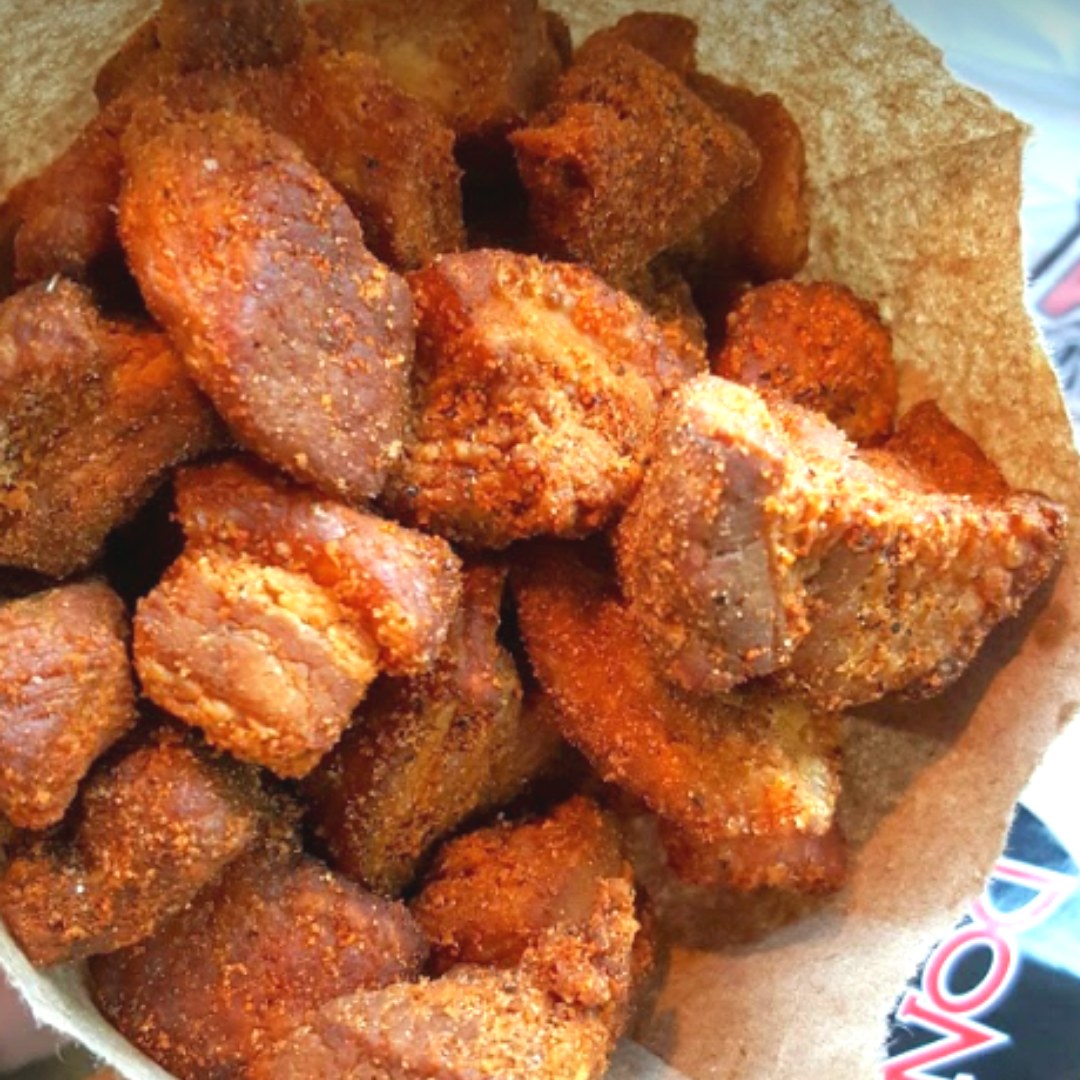Pork is significant in Cajun culinary tradition, a testament to its practicality in Acadiana’s cuisine. For the early French settlers, later known as Cajuns, pigs were indispensable for survival in South Louisiana. Pigs are easy to raise with little resources and yield lean, protein-rich meat.
The resourcefulness of Cajun cooking is evident in their utilization of every part of the pig. Pork roasts and chops were enjoyed year-round, while sausages, bacon, and ham were eaten during the winters. Lard was used for baking and frying, unveiling the discovery of Cracklin!
Cracklin boasts a tantalizing medley of textures—crispy skin, succulent fat, and a hint of chewy meat—all seasoned with either traditional Cajun spices or simple salt. Excess fat and unused pig parts are simmered over time, yielding fried fat and skin morsels that are then seasoned and savored as delicious Cracklin.
Cajun cuisine’s reliance on pork reflects a cultural heritage deeply intertwined with the land and its resources. Pork dishes symbolize resilience and adaptability, embodying the spirit of Cajun ingenuity passed down through generations. As communities evolve, these culinary traditions remain a testament to their enduring spirit and the rich tapestry of flavors that define Louisiana’s cultural landscape.
Though often confused with pork rinds or fatback, Cracklin distinguishes itself with its balanced composition of fat and skin, offering a unique culinary experience. For those eager to try it, Don’s Specialty Meats serves up authentic Cracklin alongside other beloved delicacies like Boudin, ensuring a flavorful journey through Acadiana’s rich culinary heritage.

